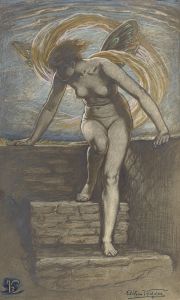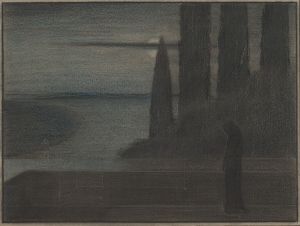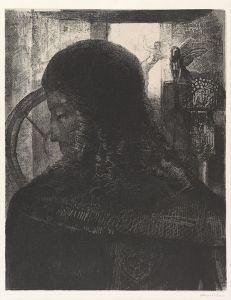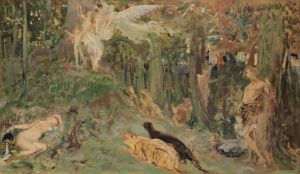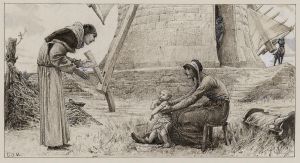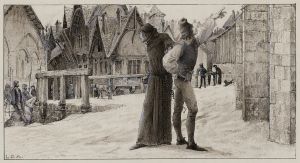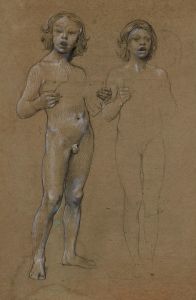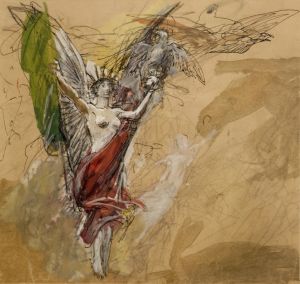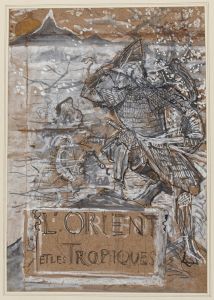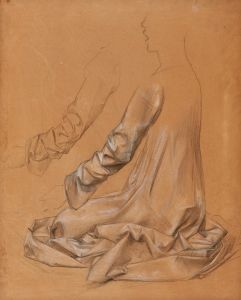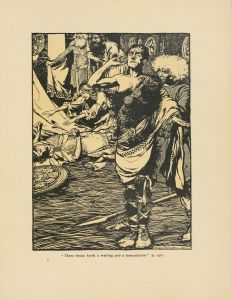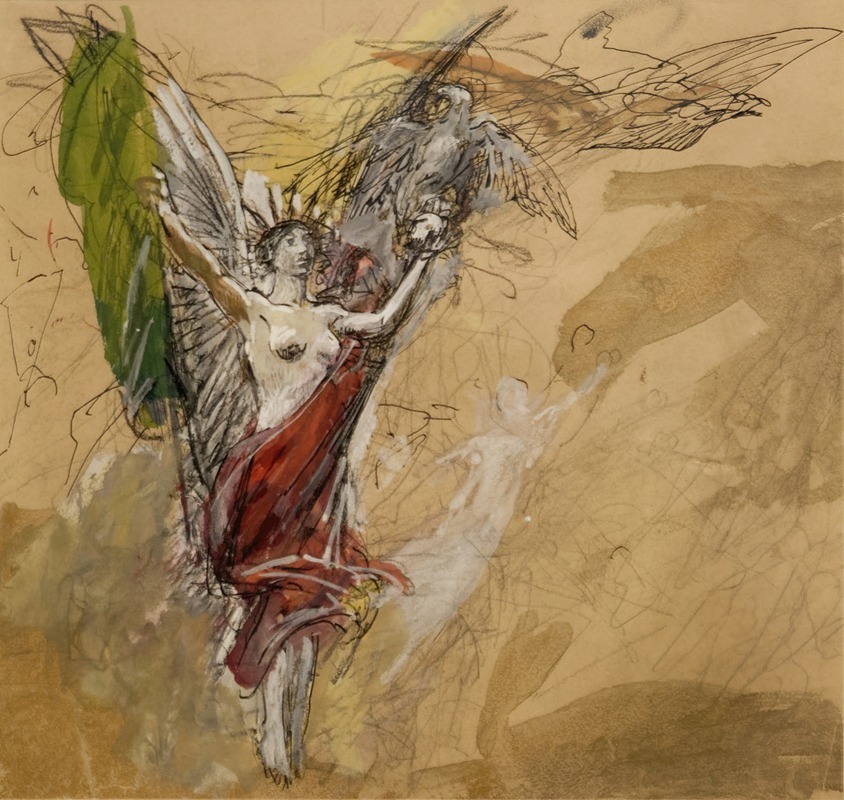
Étude de figures volantes
A hand-painted replica of Luc-Olivier Merson’s masterpiece Étude de figures volantes, meticulously crafted by professional artists to capture the true essence of the original. Each piece is created with museum-quality canvas and rare mineral pigments, carefully painted by experienced artists with delicate brushstrokes and rich, layered colors to perfectly recreate the texture of the original artwork. Unlike machine-printed reproductions, this hand-painted version brings the painting to life, infused with the artist’s emotions and skill in every stroke. Whether for personal collection or home decoration, it instantly elevates the artistic atmosphere of any space.
Luc-Olivier Merson's Étude de figures volantes (Study of Flying Figures) is a work that reflects the artist's meticulous approach to preparatory studies and his interest in allegorical and symbolic themes. Merson (1846–1920) was a French academic painter and illustrator, known for his detailed compositions and his contributions to various artistic fields, including painting, illustration, and design.
This particular study, Étude de figures volantes, is a preparatory work rather than a finished painting. It showcases Merson's skill in rendering human figures in dynamic, airborne poses, likely intended for a larger composition or project. The piece exemplifies his ability to capture movement and grace, as well as his focus on anatomical precision and the ethereal quality of his subjects. Such studies were common in Merson's artistic process, as he often created detailed sketches and studies to refine his ideas before executing a final work.
Merson's career was marked by a blend of classical training and a fascination with mythological, religious, and fantastical themes. He studied at the École des Beaux-Arts in Paris under the tutelage of Gustave Chassevent-Bacques and Isidore Pils, and he won the prestigious Prix de Rome in 1869. This allowed him to spend several years in Italy, where he absorbed the influence of Renaissance art, which is evident in his meticulous draftsmanship and compositional techniques.
While Étude de figures volantes is not one of Merson's most widely recognized works, it reflects his broader artistic style, which often combined realism with a dreamlike or otherworldly quality. Merson is perhaps best known for his painting Notre-Dame de Paris (1881) and his design for the French 50-franc banknote, as well as his illustrations for literary works, including editions of Dante's Divine Comedy and Victor Hugo's Les Misérables.
The exact context or purpose of Étude de figures volantes is not well-documented, and it is unclear whether it was associated with a specific commission or project. However, the study remains a testament to Merson's dedication to his craft and his ability to convey a sense of movement and emotion through his art.
Today, Luc-Olivier Merson's works, including his studies and preparatory sketches, are appreciated for their technical excellence and their contribution to the academic art tradition of the 19th century.





